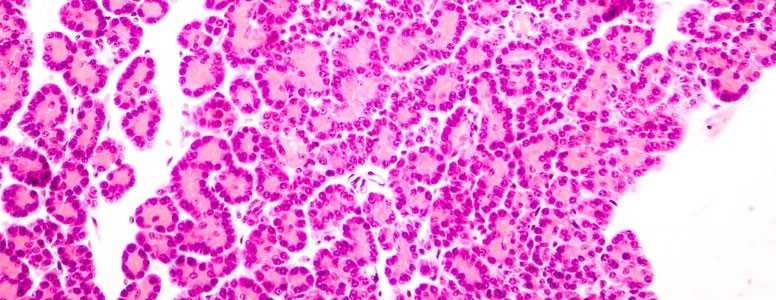Researchers at Augusta University, in Georgia, are working towards modulating the levels of an enzyme which can affect the repair of cells that line the inside of blood vessels.
Various chemical changes due to high blood sugars in type 2 diabetes, such as the accumulation of advanced glycation end products (AGEs) or increased oxidative stress, can damage blood vessels and increase the risk of complications, like retinopathy.
This enzymen, known as protein disulfide isomerase (PDI), gets activated in tissues damaged by AGEs and plays a role in cell survival and death, protein quality control of cells and the formation of new blood vessels (angiogenesis).
The researchers studied the effect of the enzyme in the context of high levels of oxidative stress, which have been shown to impair angiogenesis in cells lining the interior surface of blood vessels.
What they have found is that there is a direct influence of oxidative stress over PDI, whereby normal levels of oxidative stress can activate PDI, but higher levels in diabetes inhibit PDI.
PDI itself is a double-edged sword and can have both protective and detrimental effects on cell repair depending on its concentration: when PDI is reduced, angiogenesis becomes impaired and when it is overexpressed, it causes an increase in oxidative stress.
In addition to this, they believe that PDI acts as a regulator of mitochondrial function in endothelial cells inside blood vessels and changes in the mitochondria can impact vascular function.
PDI also directly effects wound healing. When the activity of PDI was suppressed in mice, wound healing was impaired but when they injected PDI in endothelial cells at the site of the wound, the healing process resumed.
Further, there appears to be a crosstalk between one of PDI’s major forms, PDIA1, and the nutrient-sensing pathway AMPK to prevent impairment in vascular function and promote angiogenesis where needed.
The team at Augusta University received a $1.4 million grant from the National Institutes of Health to continue elucidating the mechanics by which PDI may benefit vascular repair.
Overall, these findings suggest that PDI may have a protective effect on the metabolism of endothelial cells and that it could be used locally at appropriate levels to treat diabetes-related blood vessel damage.
What's new on the forum? ⭐️
Get our free newsletters
Stay up to date with the latest news, research and breakthroughs.





